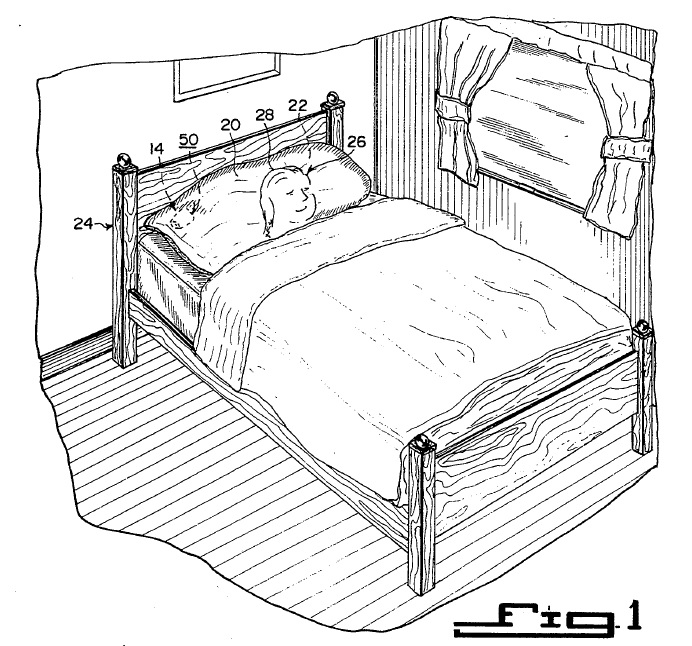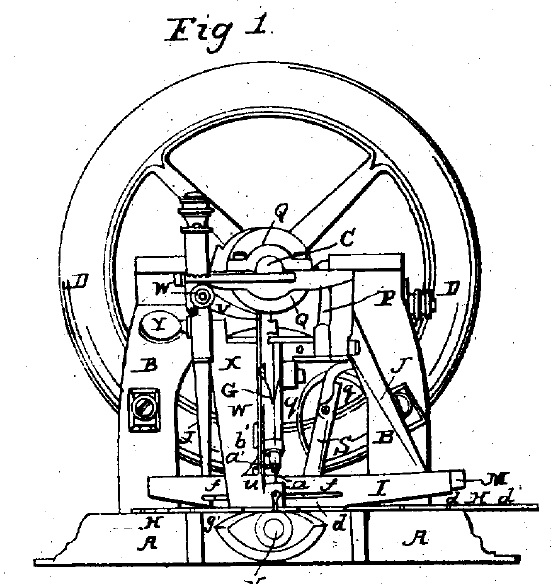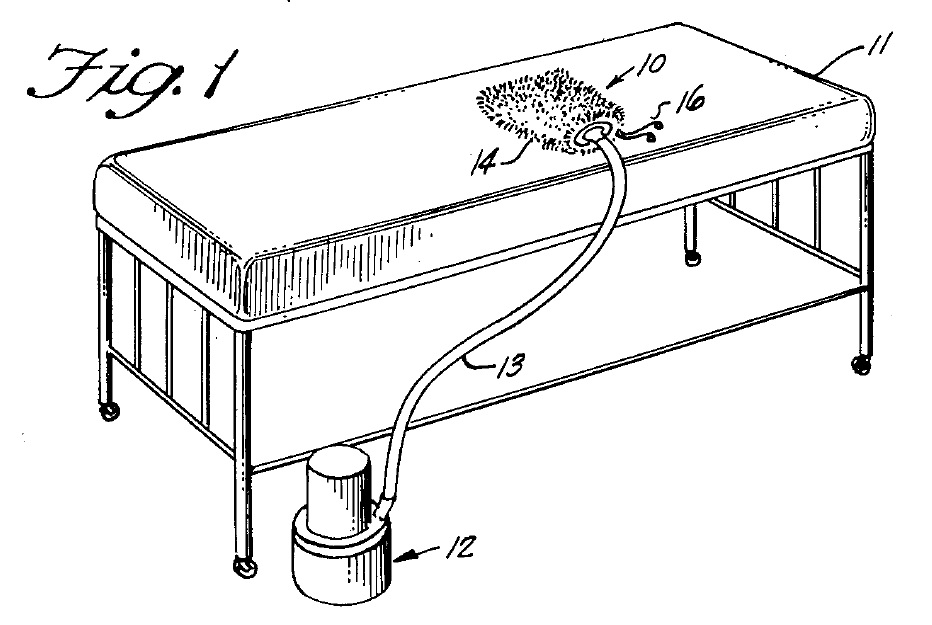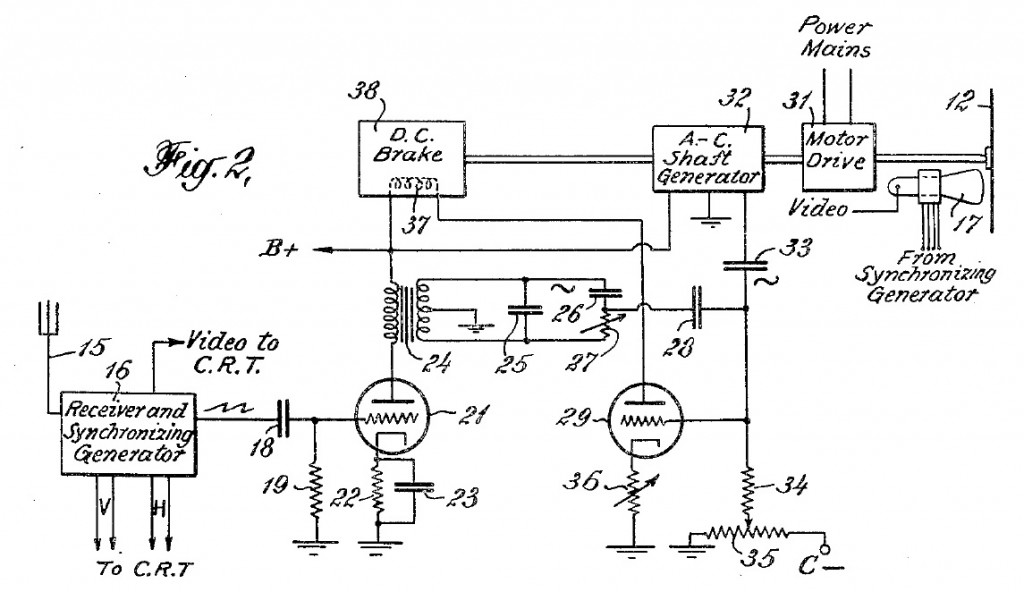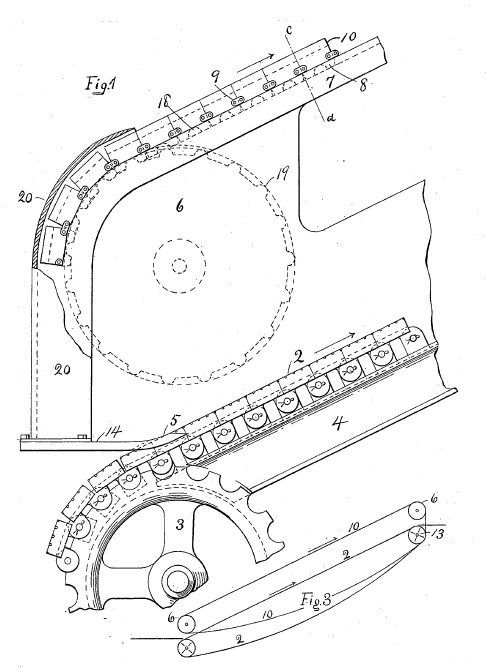In In re Cree, [2015-1365] (March 21, 2016), the Federal Circuit affirmed the decision of the PTAB in an ex parte reexamination that the claims directed to the production of white light through the “down-conversion” of blue light from LEDs was obvious from references teaching the down-conversion from other light sources including lasers. The Board found that the claimed invention was predictable in view of the state of the art in LEDs, the market demand for white light devices, the finite number of identified means to convert light from LEDs into white light, and the advantages of using the down-conversion approach.
Among other things Cree contended that neither the Examiner nor the Board articulated any rational motivation to combine the teaches of down-conversion of laser light with high intensity LEDs. The Federal Circuit said that it was the availability of high-powered LEDs that provided the motivation to use such LEDs in known down-conversion production of white light. Cree further argued that a person of ordinary skill would fail to appreciate that teachings on down-conversion of laser light would be applicable to LEDs as well. However the Federal Circuit found sufficient factual evidence that those of skill in the art have sufficient understanding of the scientific and engineering principles involved to have had a reason to combine the references. Finally Cree argued that the Board’s rejection was based on “impermissible hindsight,” but the Federal Circuit found this to simply be “a repackaging” of the argument that there was insufficient evidence of a motivation to combine the references.
The Federal Circuit was also unimpressed with Cree’s showing of secondary considerations. Cree pointed to third party press releases about the third party’s work on the same concept. The Federal Circuit agreed that praise from a competitor tends to show non-obviousness, “self-serving statements from researchers about their own work do not have the same reliability.” The Federal Circuit discounted evidence of licensing because it was unclear whether the licensing was due to the merits of the claimed invention or because of a desire to avoid litigation, prior business relationships, or for other economic reasons.” Finally the Federal Circuit discounted evidence of commercial success because of a lack of showing of nexus between the invention and the success.

